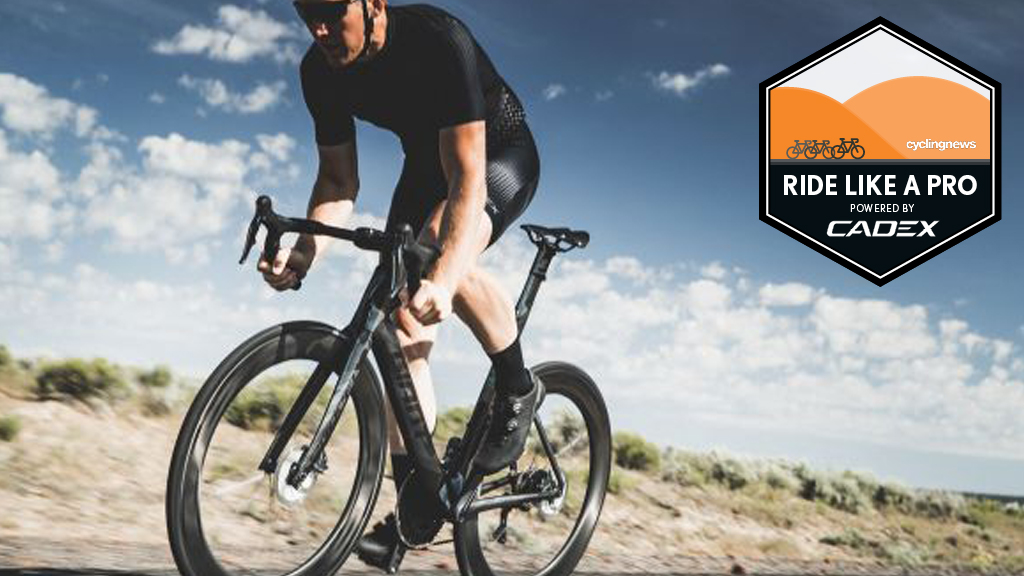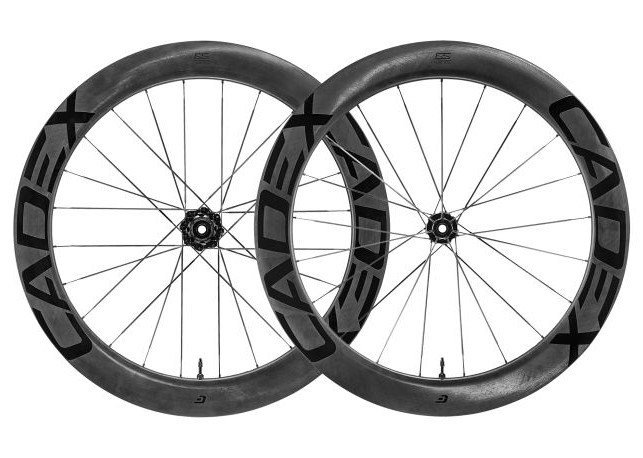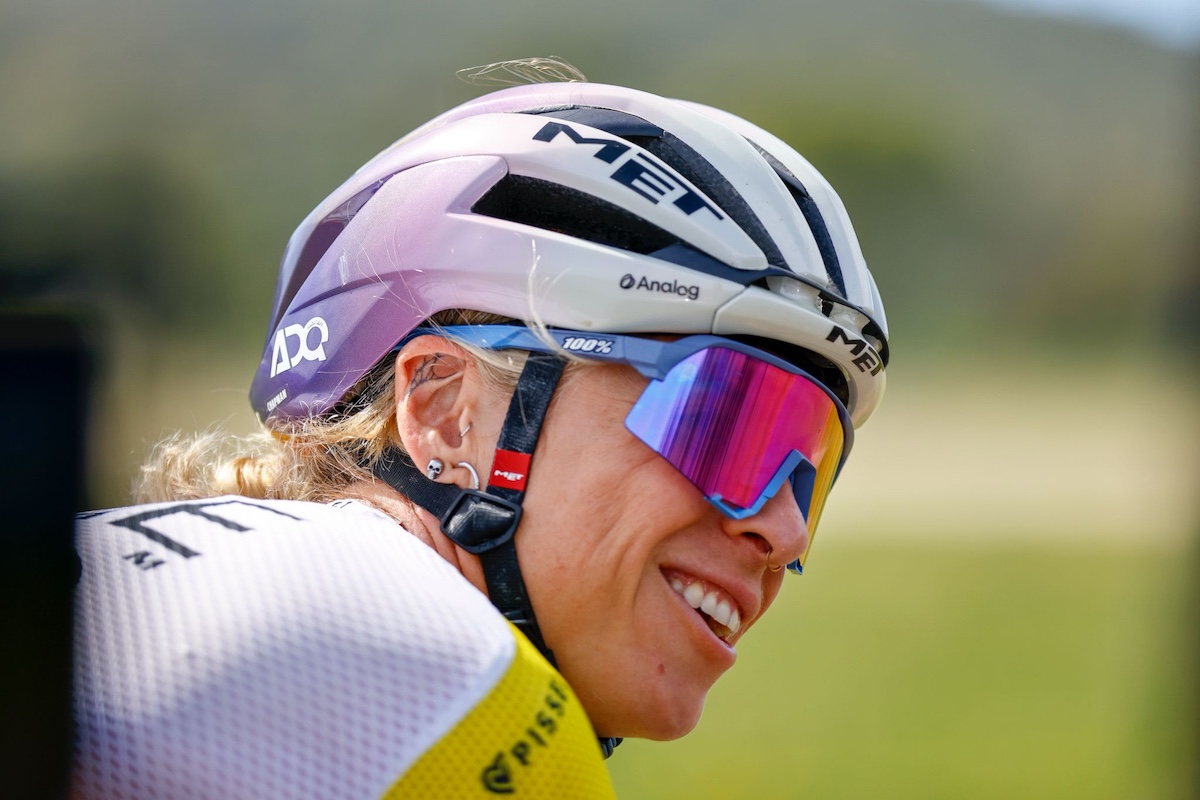Road bike wheels explained: Is deeper really faster?
Rims are getting larger, but how does the relationship between width and depth affect your riding?

Lighter wheels are great but the importance of aerodynamics cannot be overstated when assessing your road bike’s overall performance.
As testing and modelling software has improved over the last two decades, a superior understanding of how aerodynamic principles apply to cycling has revolutionised our thoughts on wheel design.
This aero influence has triggered the trend towards bigger wheels, not in terms of diameter, but regarding both rim width and depth. The realisation has been that slightly wider rims better seat larger volume tyres, which can provide fatigue mitigating ride quality.
Composite technologies and the inherent properties of carbon-fibre produce rim structures which would be difficult to replicate in aluminium at a competitive weight and equal strength ratio. This has made it possible to produce an array of wider and deeper section wheels.
Width versus depth
The choice in wheel depth is greater than the choice of internal rim width. For riders to decide between the popular 19-22mm internal diameter specification, is a smaller spectrum than wheel depth, which generally ranges from 25- to 80mm.
Why can rim depth make such a difference and how do you choose an appropriate value for your riding? It is worth understanding how your tyres and rim differently impact riding performance.
Tyres have rolling resistance features in terms of their tread pattern and pressure profile. Most road bike tyres have a minimalist tread with negligible resistance, while tyre pressure can be adjusted to suit rider weight and ride comfort requirements. With rim shapes, the important details are rotating weight and aerodynamic resistance.
The latest race content, interviews, features, reviews and expert buying guides, direct to your inbox!
- Why wider tyres are better: The death of 23C tyres
For decades riders obsessed about rim mass, ignoring the ultimate importance of aerodynamics. With the expansion of carbon-fibre components and better aerodynamic modelling in the 1990s, there was a realisation that aero might be of greater influence than weight.
On an elementary level, the deeper your rim’s profile is the more aerodynamic it will be. To create a deep section wheel requires a bit more carbon-fibre material. This will increase its weight, but research has proven that over most racing and training distances, the reduction in drag offsets any increase in mass.

More is good, but too much can be challenging to ride
The balance between an increase in rotational mass and the improved aerodynamic properties are where your wheel depth decision logic should apply. Most riders would strike a comfortable compromise with wheels that have a rim depth of between 40-65mm, offering adequate aerodynamic benefits without too much additional material and mass to rotate.
A significant caveat with wheel depth is wind loading. The larger your wheel’s side profile becomes, the greater its sensitivity to any wind influence. For lightweight riders, this is an even greater issue, as they might lack the immediate mass counter-steering and leaning ability to correct a deep section wheel taken offline by wind gusts.
If you frequent routes which are highly susceptible to wind surges, an extreme wheel depth might be uncomfortable and feel difficult to control. Wheels that range in the 80mm and greater rim depth might not be suitable for general purpose riding on open roads in all weather conditions. If that is the case, it's worth weighing up your options - if your training route is hilly with not much in the way of flats or rolling hills it's probably a wise decision to go for lightweight wheels with a shallower depth range of between 30-40mm. The converse applies to the other extreme.
Lance Branquinho is a Namibian born media professional, with 15-years of experience in technology and engineering journalism covering anything with wheels. Being from Namibia, he knows a good gravel road when he sees one, and he has raced some of Africa’s best-known mountain bike stage races, such as Wines2Wales and Berg&Bush.
